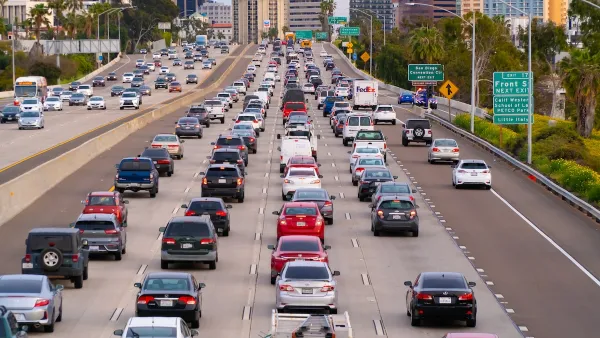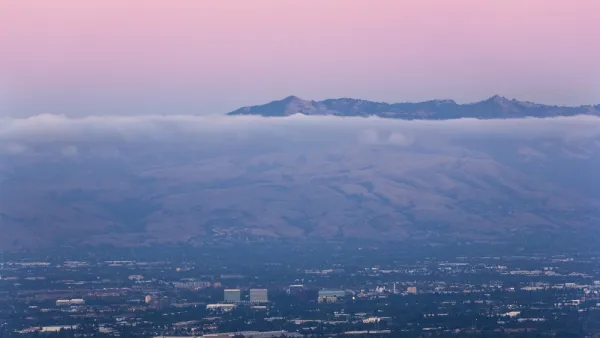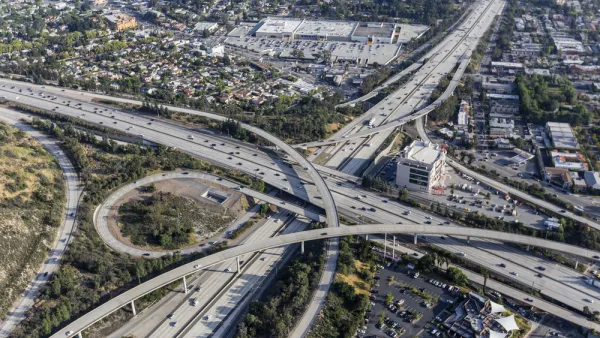Brad Plumer discusses the findings of a new report from the McKinsey Global Institute that delves into the impact that U.S. cities have on the national and global economy, and assesses the reasons for their influence.
Plumer expands on one of the key findings of the new McKinsey report, which found that, "the United States appears to be wealthier than Europe because it has a greater share of its population living in large, productive cities." This finding is based on data in the report that shows, "Roughly 83 percent of America's GDP came from its 'large cities,' defined as cities with a population of 150,000 or more. By contrast, China got 78 percent of its GDP from large cities and Western Europe got a surprisingly small 65 percent of its GDP from its large urban areas."
An article by Yuval Rosenberg in The Fiscal Times investigates one of the report's other key findings, that "Large U.S. cities are expected to generate more than 10 percent of global GDP growth in the next 15 years, a larger contribution than all of the large cities of other developed countries combined." The report attributes that advantage to America's second tier cities, rather than New York or Los Angeles, which "have economic and size advantages over the second tier of European cities."
"The U.S. has a broad base of cities such as Boston, Chicago, Washington, D.C., and San Francisco that are very large and important cities and contribute much more than their counterparts – let's say No. 3 to No. 30 in Western Europe," says Jaana Remes, a senior fellow at the McKinsey Global Institute and co-author of the new report. "It's the strength of the middleweight cities across the U.S. that really is the differentiator."
FULL STORY: Why is the U.S. wealthier than Europe? Give credit to its cities.

Analysis: Cybertruck Fatality Rate Far Exceeds That of Ford Pinto
The Tesla Cybertruck was recalled seven times last year.

National Parks Layoffs Will Cause Communities to Lose Billions
Thousands of essential park workers were laid off this week, just before the busy spring break season.

Retro-silient?: America’s First “Eco-burb,” The Woodlands Turns 50
A master-planned community north of Houston offers lessons on green infrastructure and resilient design, but falls short of its founder’s lofty affordability and walkability goals.

Test News Post 1
This is a summary

Analysis: Cybertruck Fatality Rate Far Exceeds That of Ford Pinto
The Tesla Cybertruck was recalled seven times last year.

Test News Headline 46
Test for the image on the front page.
Urban Design for Planners 1: Software Tools
This six-course series explores essential urban design concepts using open source software and equips planners with the tools they need to participate fully in the urban design process.
Planning for Universal Design
Learn the tools for implementing Universal Design in planning regulations.
EMC Planning Group, Inc.
Planetizen
Planetizen
Mpact (formerly Rail~Volution)
Great Falls Development Authority, Inc.
HUDs Office of Policy Development and Research
NYU Wagner Graduate School of Public Service




























